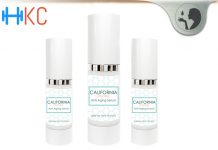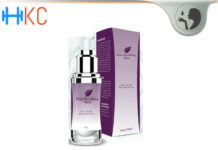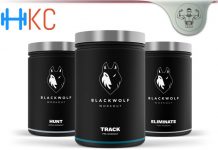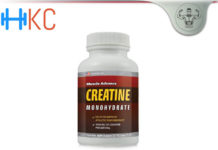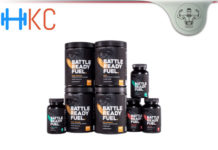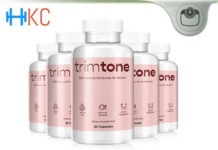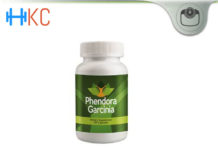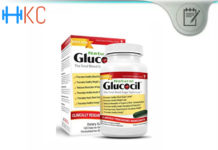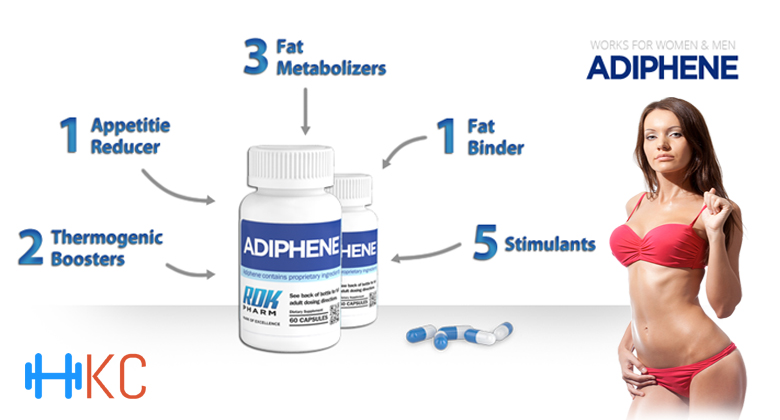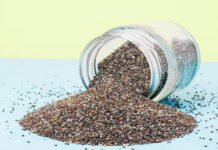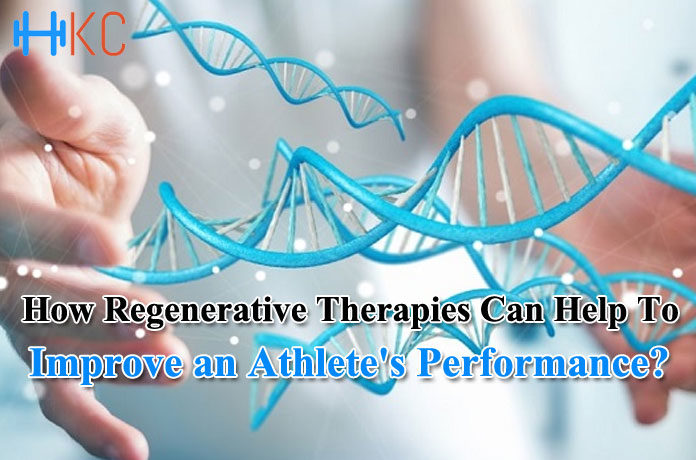
How Regenerative Therapies Can Help to Improve an Athlete’s Performance?
Chronic tissue degeneration caused by injury, disease, aging, or congenital defects poses some of the most complicated therapeutic challenges and can be a significant emotional burden. Not only are these deficiencies costly to treat, most of the measures in place only slow the progress of the tissue damage or treat the pain rather than the source of it. For people with an active lifestyle, these types of issues (and the significant lack of clinical solutions to them) pose a great risk to their lifestyle. Regenerative therapy aims to fulfill these unmet clinical needs by restoring normal tissue function through stimulating tissue repair.
The Current State of Affairs
Those of us who regularly exercise, participate in a sport, or have a physically demanding job can testify to the fact that these activities can have a negative impact on our bodies’ natural function. The action involved in these activities stress specific portions of our bodies and eventually, this stress takes its toll. Bones break, muscles tear, and soft tissues degenerate. We begin to notice that pain sticks around longer and longer and at some point, it just doesn’t go away.
As this pain persists, it becomes increasingly difficult to ignore. People suffering from a degenerative illness can become so focused on alleviating their physical pain that they neglect their emotional well-being and this lack of attention towards our psyche manifests in many problematic ways. Depression, insomnia, anxiety, and fatigue are only a small portion of the psychological ramifications of chronic pain from degenerative diseases.
In addition to the pain that degenerative illnesses cause, many of the measure in place currently do not help treat every aspect of the illness and at times, can make matters worse. Surgeries are highly invasive and can lead to irreparable damage to the layers of tissue around a problem area. Medication is addictive and its effects can wane over time leading to higher and higher dosages which have less and less impact as the body adjusts. Physical therapy may help us discover less painful ways to move but doesn’t eradicate the pain caused by degenerative diseases.
People whose jobs it is to move in specific, intricate, or physically demanding ways will find that these “solutions” do nothing but create more problems without actually treating the root of the issue. For those who want actual, sustained results, regenerative medicine seems to be the most promising solution.
Kobe Bryant and PRP
Take for instance the story of basketball great Kobe Bryant, an incredible athlete who at the height of his career began to feel the effects of his physically demanding job and chose regenerative therapy to treat his ever-increasing pain. In 2013 news broke that Bryant was regularly flying to Germany to seek out a form of regenerative therapy known as Platelet Rich Plasma (PRP). The basketball star had not only sustained several injuries throughout his career, he was also suffering from osteoarthritis of the knee, a common problem in many professional athletes.
Bryant flew to Germany and underwent the simple outpatient procedure. First, doctors extracted Bryant’s blood. Blood is naturally full of the raw materials our bodies use to repair damaged tissue but by extracting and concentrating it, the regenerative effects of the blood are amplified. After the extraction and processing, the doctors took Bryant’s blood and used specialized tools to place it into the precise location in his body where the degeneration was taking place – in this case, Bryant’s knees.
The PRP immediately began to take effect. The injection of plasma created a micro-environment in Bryant’s knees which was especially suited for repairing damaged tissue. This environment then signaled to the body to send raw materials to Bryant’s knee where it provided a sort of scaffolding for the materials to latch onto and become the damaged tissue. Bryant’s procedure was a success and he was able to join his team later that same month.
PRP and Stem Cell Therapies in Sports Medicine
Kobe Bryant was not the first and certainly won’t be the last athlete to try regenerative therapy. The quick recovery time and lack of invasion is what has drawn Bryant and many other athletes to this relatively new form of physical therapy. Bryant is only one of hundreds of professional athletes who has tried regenerative medicine. Alex Rodriguez, Tiger Woods, Christiano Ronaldo, Peyton Manning, and Gordie Howe are only a few of the bigger names in sports who have tried regenerative medicine and had great success with it.
Not all treatments are equal either. Each name on the above list sought consultation before trying regenerative therapy and were each given specific treatment options for their unique cases.
Christiano Ronaldo sustained a hamstring injury and used stem cell therapy to overcome it. Using stem cells harvested from Ronaldo’s bone marrow, doctors were able provide his body with a way to facilitate a speedy recovery. These stem cells created the same type of nurturing environment as in Bryant’s case, although they are known to last much longer than PRP treatments.
Hockey legend Gordie Howe had a completely different issue than both Bryant and Ronaldo. After suffering several small stroke in 2014, Howe had become paralyzed on his right side. The paralysis lead Howe and his family to seek out what was at the time an experimental form of stem cell treatment where millions of neural stem cells were injected into his spinal column. The procedure proved to be a great success and Howe began to exhibit results within a few days. Howe is now an extreme advocate for these types of regenerative therapies.
A Look Into the Future
Since Bryant’s trip to Germany, Ronaldo’s stem cell treatment, and Howe’s spinal injections many advancements have been made in the field of regenerative medicine. These advancements have reduced the cost and increased the demand for these treatments from the general public. Hundreds of regenerative therapy clinics have opened up throughout the United States and beyond and with further advancements, many more are sure to come.
Recently, the FDA released a statement promoting further research into regenerative therapies and providing a new path for getting their endorsement for these new treatments. While the FDA currently only endorses a fraction of the treatments offered throughout the US, this number seems to be climbing as more studies come in and better practices are being established. As this research comes in, prices are beginning to fall and the general public seems eager to try them out.
PRP and stem cells therapies are more affordable than ever and have seen a relative increase in popularity amongst the average citizen. One clinic in Nevada has helped people who’ve sustained devastating injuries, developed degenerative illnesses, or simply wanted to avoid other, more invasive treatment options.
Conclusion
While much is still left to be uncovered about the remarkable effects of regenerative therapy treatments, the world is currently in the golden age of degenerative disease medicine. Hundreds of studies are taking place in the US alone, with many more taking place across the globe. With the endorsement of the sports medicine community, these treatments are becoming more and more popular and thus, more economical for the average person. In the years to come we can only imagine what types of diseases these treatments will begin to cure.



